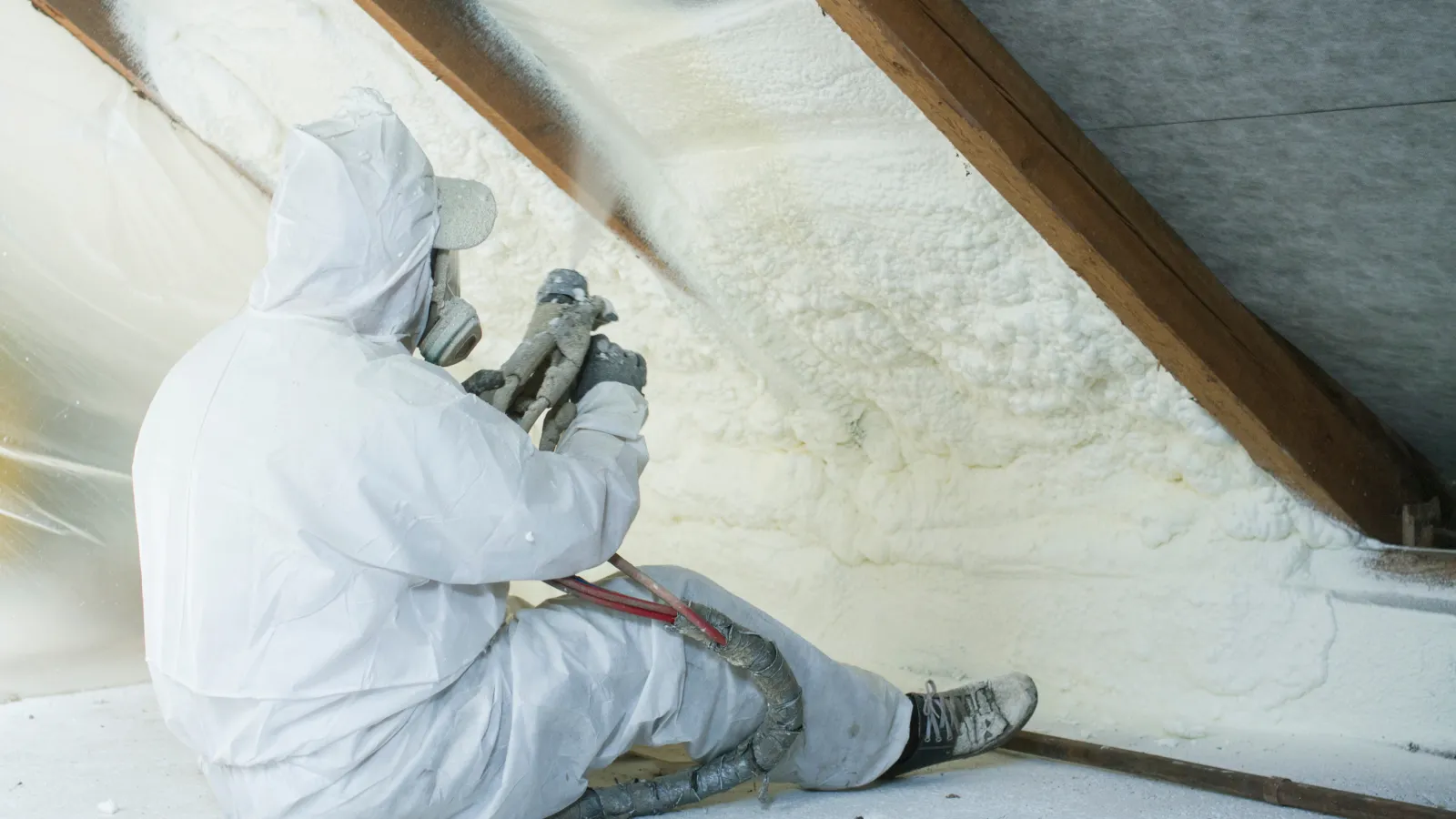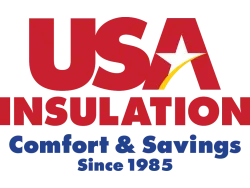Is Spray Foam Insulation Safe? What Homeowners Need to Know in 2025
If you're considering spray foam insulation for your home, safety is probably at the top of your mind. You've likely read conflicting information online, from horror stories about toxic fumes to glowing reviews about energy savings. So what's the truth? Is spray foam insulation safe?
The short answer is yes, spray foam insulation is safe when installed correctly by trained professionals and given proper time to cure. Once fully cured (typically within 24 to 48 hours), spray foam becomes an inert, stable material that poses no health risks to your family.
However, understanding the full picture requires looking at the installation process, proper curing times, and what makes professional application so critical.
Understanding Spray Foam Insulation Composition
Before we discuss safety, let's understand what spray foam actually is. Spray polyurethane foam (SPF) insulation is created on-site by combining two liquid chemicals: an "A-side" containing isocyanates and a "B-side" containing polyols, catalysts, and blowing agents. When these components mix in a 1:1 ratio, they create an expanding foam that hardens into the insulation material you see in homes.
Think of it like table salt. Individually, sodium and chlorine are dangerous elements. But when they combine, they create sodium chloride, something we safely sprinkle on our food every day. The same principle applies to spray foam insulation.
Safety Concerns During Installation
The primary safety concerns with spray foam insulation occur during and immediately after application. This is when the material is in its reactive state and releases volatile organic compounds (VOCs).
During installation, these chemicals can cause respiratory irritation, skin sensitivity, and eye discomfort if proper precautions aren't taken. This is why professional installers wear full protective equipment, including respirators, gloves, and protective clothing. It's also why homeowners should vacate the premises during application.
According to EPA guidelines, re-entry times vary between 8 to 24 hours for one-component spray foam and 24 to 72 hours for two-component systems. These timeframes allow the foam to cure completely and any off-gassing to dissipate through proper ventilation.
When Is Spray Foam Insulation Safe?
Here's the good news: once spray foam insulation has fully cured, it becomes completely safe. The curing process happens when the foam cools to room temperature after the exothermic chemical reaction. During curing, all chemicals are consumed in the reaction, leaving only stable polyurethane foam.
After this 24 to 48-hour curing period, there is no more chemical reaction occurring. The foam becomes an inert material that doesn't release harmful gasses or VOCs. At this point, it's safe to touch, breathe near, and live with for decades.
Research shows that properly installed and cured spray foam insulation does not pose long-term health risks to building occupants. The key phrase here is "properly installed." When the foam is mixed at the correct ratio and applied by trained professionals, it cures completely and safely.
The Critical Importance of Professional Installation
The difference between safe and unsafe spray foam insulation comes down to one factor: professional installation.
When spray foam is improperly installed, several problems can occur. If the chemicals aren't mixed in the correct 1:1 ratio, some unreacted material may remain, leading to continuous off-gassing. If the foam is applied too thickly in one pass, the interior may not cure properly. If ventilation is inadequate during installation, fumes can linger longer than necessary.
Professional installers have the training, equipment, and experience to avoid these pitfalls. They monitor temperature and humidity conditions, control foam thickness, ensure proper mixing ratios, and provide adequate ventilation. This expertise virtually eliminates the risk of installation problems that could compromise safety.
At USA Insulation, our certified technicians follow strict safety protocols and manufacturer guidelines for every installation. We use high-quality, low-VOC spray foam products and ensure proper curing times before homeowners return to their spaces.
Spray Foam and Indoor Air Quality
A common concern about spray foam insulation is its impact on indoor air quality. When installed correctly, spray foam actually improves air quality by sealing gaps that allow outdoor pollutants, allergens, and moisture to enter your home.
Quality spray foam products today have significantly reduced VOC emissions compared to products from even a decade ago. When you choose a reputable installer using premium materials, indoor air quality concerns are minimal.



